The Druid's Chair

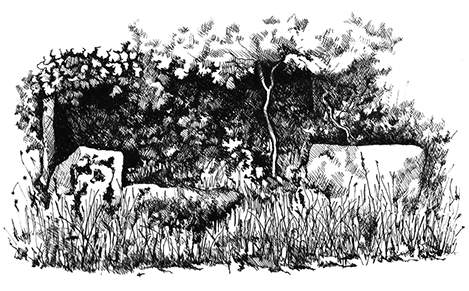
 Our tradition tells that King Thaddy, father of Ossian, was a Druid. Ierne [Ireland] was called the Isle of Learned Druids. Plutarch relates that Claudius, exploring, “found on an island near Britain an order of Magi, reputed holy by the people.”
Our tradition tells that King Thaddy, father of Ossian, was a Druid. Ierne [Ireland] was called the Isle of Learned Druids. Plutarch relates that Claudius, exploring, “found on an island near Britain an order of Magi, reputed holy by the people.”
It is further told that Parthalon, from Greece, brought three Druids with him. These were Fios, Eolus, and Fochmarc; that is, observes the celebrated nineteenth- century scholar, Professor Eugene O’Curry, “if we seek the etymological meaning of the words, Intelligence, Knowledge, and Inquiry.”
‘The Druid’s Chair,’ - This is the ancient name by which this curious stone oddity is still referred to by the residents of the locality. That this area was inhabited from the earliest times and that the far ancestors of the inhabitants had an advanced understanding, knowledge and wisdom so sophisticated and complicated, is evident from the number of significant archaeological remains to be found here, including wedge and court tombs, stone circles and standing stones. In fact many hold the belief that this area was an important epicentre of culture in times long past.
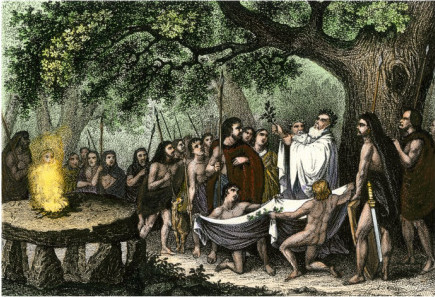 It is believed that ancient hallowed sites were arranged in straight “sacred” lines or highways that coincided with prehistoric tracks laid down when people journeyed direct from one area to another. Several of these tracks formed astronomical alignments and grids, many of which were positioned relative to bygone solstice points and included, amongst other features, Megalithic and Neolithic sites, wells, devotional trees, sacred sites, meeting points and crossroads.
It is believed that ancient hallowed sites were arranged in straight “sacred” lines or highways that coincided with prehistoric tracks laid down when people journeyed direct from one area to another. Several of these tracks formed astronomical alignments and grids, many of which were positioned relative to bygone solstice points and included, amongst other features, Megalithic and Neolithic sites, wells, devotional trees, sacred sites, meeting points and crossroads.
The ancient Irish possessed considerable knowledge of astronomy and mathematics and great engineering skills, added to which they had a highly sophisticated religious system, with three types of Druids: the Bards, who knew the songs and stories of the tribe, the Ovates, who were the healers and seers, and the Druids who were the philosophers, judges and teachers.
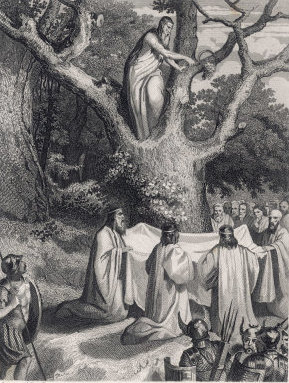 There is an extant local belief that this age-old crossroad was one of the foremost Druidic meeting points in the region. The hagiographers tell that noting its importance, St. Patrick chose to stop here when returning from Dunfeeny and having rested, he raised a Christian cross on the height. The elevation is now called Mullagh-na-Croise/Mullaghcross-‘the Height of the Cross’ a name which has its origins either in the Christian tradition of the raised cross or the Druidic crossroads meeting point. Beyond this evidence we must work in the realm of speculation.
There is an extant local belief that this age-old crossroad was one of the foremost Druidic meeting points in the region. The hagiographers tell that noting its importance, St. Patrick chose to stop here when returning from Dunfeeny and having rested, he raised a Christian cross on the height. The elevation is now called Mullagh-na-Croise/Mullaghcross-‘the Height of the Cross’ a name which has its origins either in the Christian tradition of the raised cross or the Druidic crossroads meeting point. Beyond this evidence we must work in the realm of speculation.
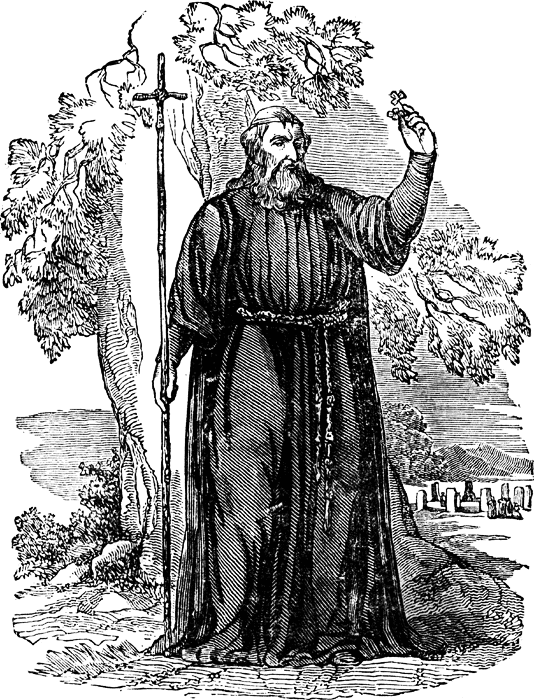 “The authoress of Ireland, the Ur of the Chaldees, ventured to write: - ‘When the Apostle of Ireland went there, the people believed him, for he taught no new doctrine.’ She thought Druidism not very unlike Christianity. Dr. O’Donovan, upon the Four Masters, observes: - ‘Nothing is clearer than that Patrick engrafted Christianity on the pagan superstitions with so much skill that he won the people over to the Christian religion before they understood the exact difference between the two systems of beliefs; and much of this half pagan, half Christian religion will be found, not only in the Irish stories of the Middle Ages, but in the superstitions of the peasantry of the present day.’ Todd sees that worldly wisdom in dedicating to a Saint the pillar-stone, or sacred fountain.”
“The authoress of Ireland, the Ur of the Chaldees, ventured to write: - ‘When the Apostle of Ireland went there, the people believed him, for he taught no new doctrine.’ She thought Druidism not very unlike Christianity. Dr. O’Donovan, upon the Four Masters, observes: - ‘Nothing is clearer than that Patrick engrafted Christianity on the pagan superstitions with so much skill that he won the people over to the Christian religion before they understood the exact difference between the two systems of beliefs; and much of this half pagan, half Christian religion will be found, not only in the Irish stories of the Middle Ages, but in the superstitions of the peasantry of the present day.’ Todd sees that worldly wisdom in dedicating to a Saint the pillar-stone, or sacred fountain.”
(Irish Druids and Old Religions, James Bonwick, 1894)
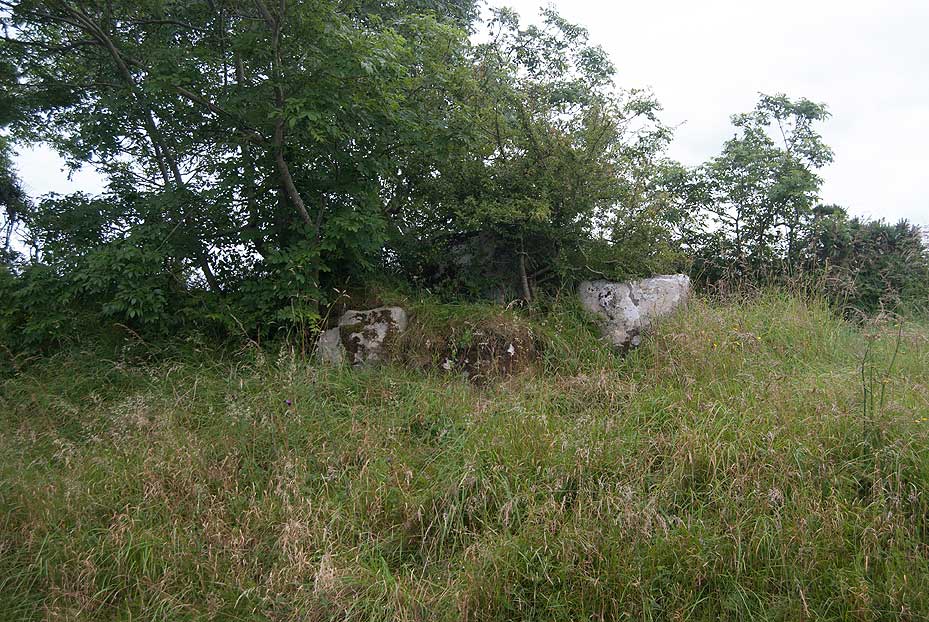
View these photos in a gallery























